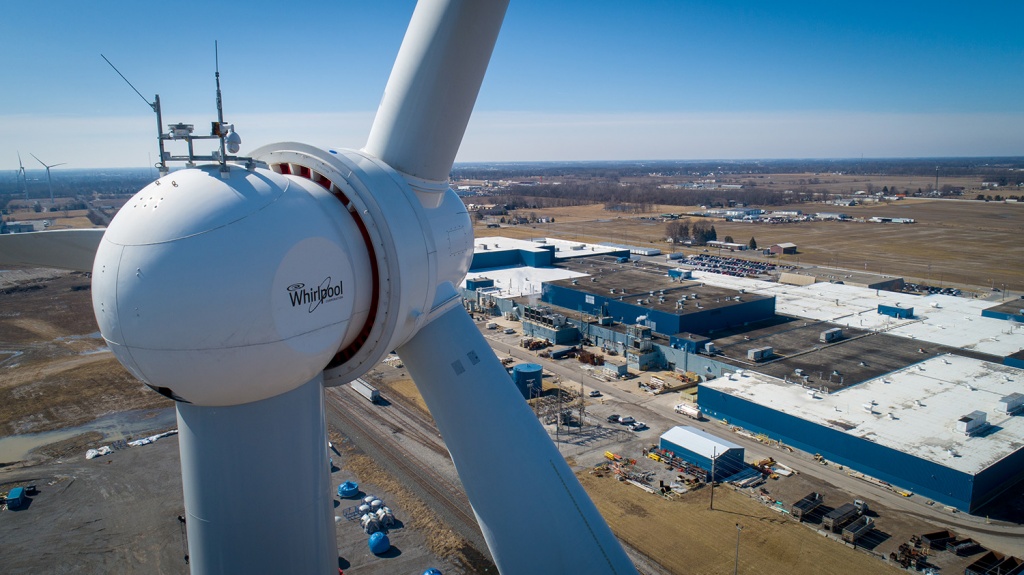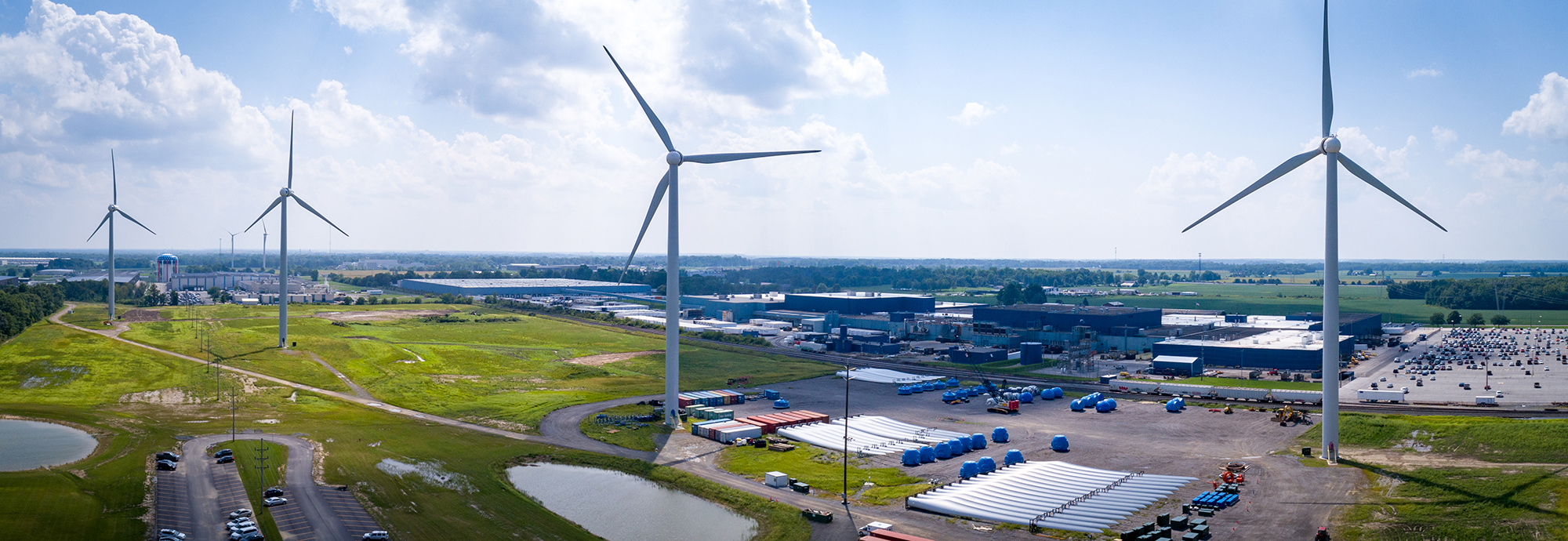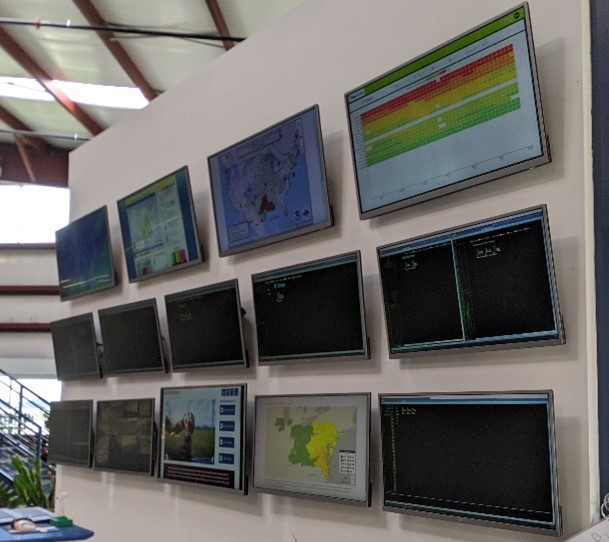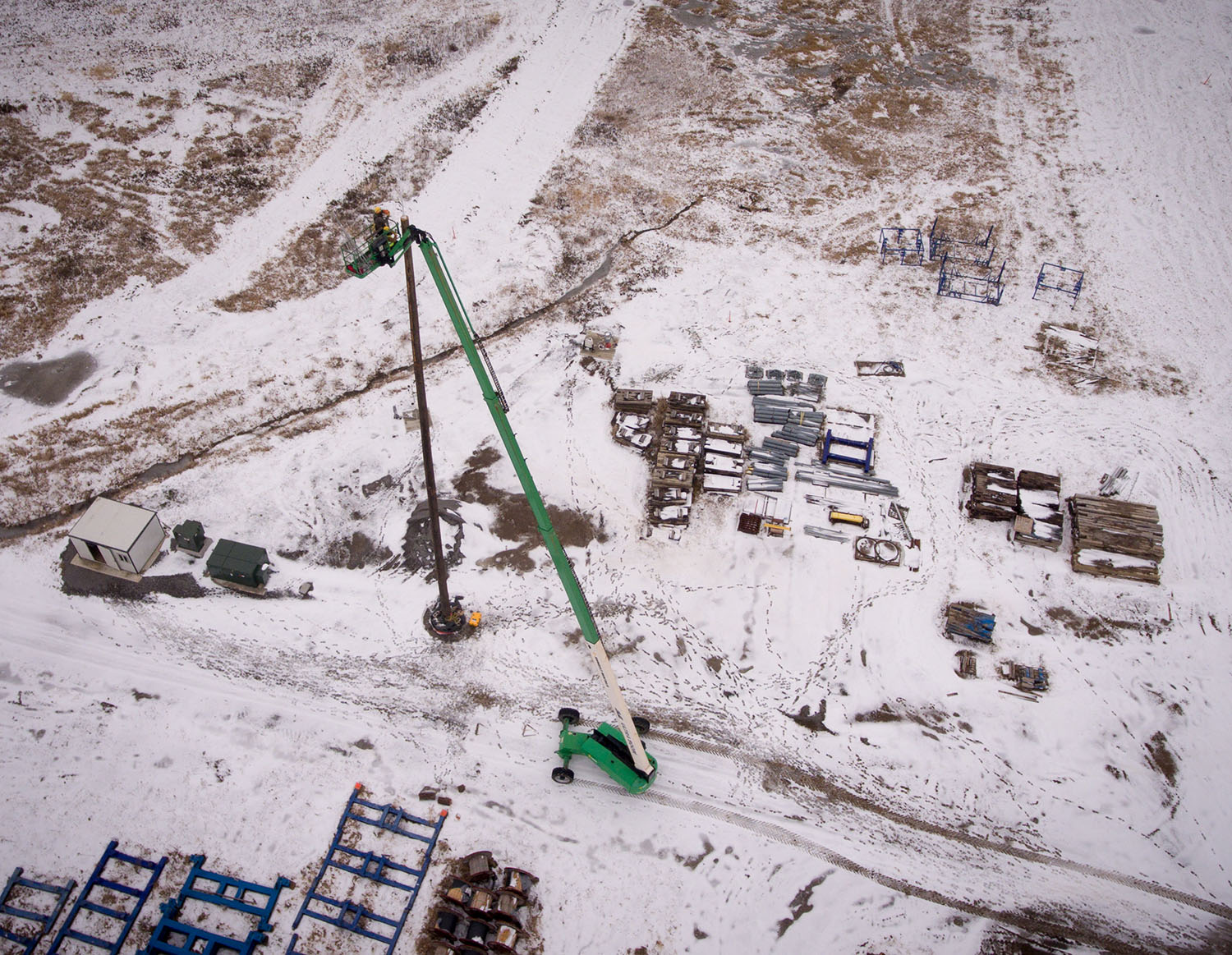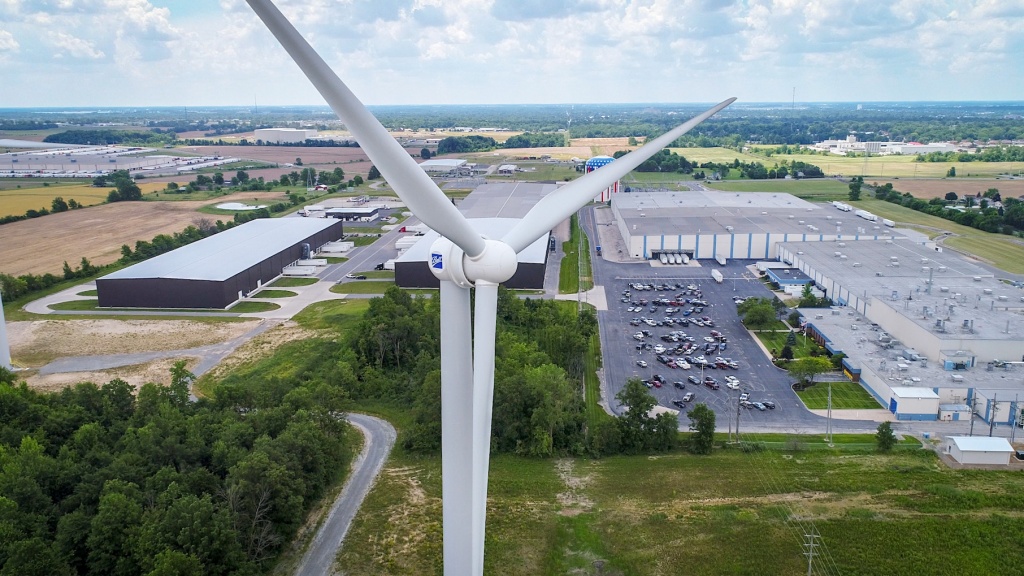Let’s face it: it’s easy to lose touch as an executive. We move into a leadership position for something we’re an expert in and start delegating the tasks we were previously responsible for. With delegation, we risk losing many of the skills that helped us become experts, as we flex them less and less in our executive role. This is common. And it can become a problem.
As part of a continuing education effort, I recently participated in a 2-week finance course geared towards executives. The course was filled with senior leaders from many different sectors, all with very impressive backgrounds and resumes. Part of the course required us to use Microsoft Excel to aid in case study analyses. Throughout these analyses, I couldn’t help but notice how few of my fellow students were familiar with the program basics. I was one of the few that could drive the spreadsheet and provide solutions using a few simple built-in functions. It made me wonder: how many executives are out there making key financial decisions for their company without being able to calculate the implications themselves?
Most executives are masters at delegating. Their time is quite valuable, and often in limited supply. They have to choose the important things they must do, and what they can entrust to their team. Many leaders start out as experts in their core field, demonstrating talent that has allowed them to advance at their company and take on more. The more a leader takes on, the less time they have to keep up with the latest developments within the subject, and the further they will get from their core expertise. But just because we as executives must delegate tasks, doesn’t mean we should delegate the ability to perform the tasks as well.
This then begs the question: does an executive’s ability (or inability) to do, impact their ability to effectively lead?
There is a widely accepted idea that you can be one of two things: a leader or a doer, but never both. You can either lead a team to execute, or you can be on the front lines doing the work. I honestly don’t believe the two must be mutually exclusive.
I recently heard a term I had never come across: “Leader-Doer.” The term refers to a rare group of people that can lead and are also expected to significantly contribute to executing the team’s mission. In certain settings, a leader must also be able to do: whether it’s running financial models, writing reports, or even analyzing data. This concept is likely more important at smaller, growing companies. Most of the time, smaller companies don’t have the personnel available to allow their executives to focus solely on decisions, strategy, and management. They need their General Counsel writing contracts, not just reviewing them. They need their CFO creating financial models, not just signing off on them.
And when it comes to hiring executives for these positions, it can be even more challenging when growing companies are looking for a “Leader-Doer.” Often, those qualified for the jobs in the traditional sense have been removed from “doing” for quite some time, especially if they come from a large corporation. Finding the people that can lead effectively AND are willing to put in the time to learn how to execute is often vital to the success of growing a business.
When you don’t perform tasks regularly, it’s easy to forget how to perform them. For me, it has become increasingly difficult to stay up to date on the methods I’m asking my team to carry out. But if my role is to make good decisions for my team and our company, and if I want to earn the respect of those on my team, it is necessary for me to fully understand the work they are doing.
To keep myself up to date, I ensure I’ve done every task that I now delegate to my team. When we put a new method in place, I make sure that I take the time to learn the details and know how to execute it. Because of this, I understand what I’m asking my team members to do – I understand the time commitment, the required skill set, and the complexity of the task or project. And it also ensures that, when necessary, I can quickly jump in to help (which happens often at our rapidly growing company).
To lead effectively, we as executives cannot allow ourselves to be pulled too far from the details. We need to be the best “Leader-Doer” for our team, SUM functions and all.
Jessica Grosso is the Head of Project Planning and Technology at One Energy.
Learn more about Jessica and the One Energy team.































